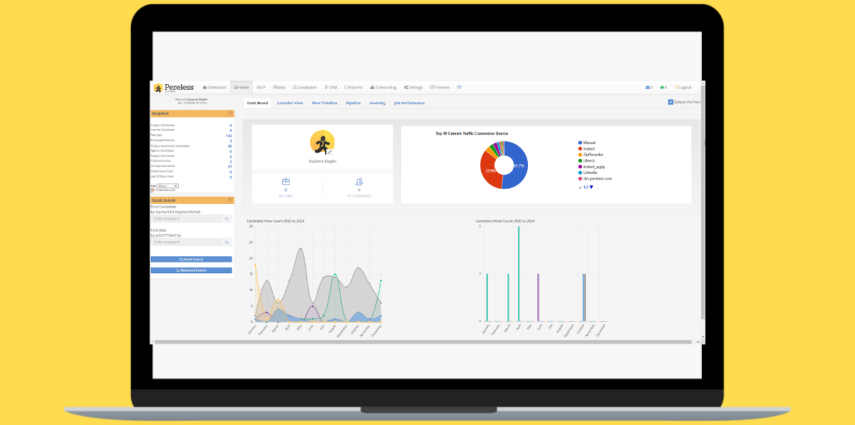Hiring top talent is essential for any business’s success, but the recruitment process can often feel overwhelming and fragmented. Fortunately, advances in technology—especially applicant tracking systems (ATS) with seamless background check integrations—are transforming how companies recruit. By combining efficient recruiting software with trusted background check vendors, organizations can streamline their hiring process, save time, and make smarter hiring decisions.
What is an ATS and Why Does It Matter?
An applicant tracking system (ATS) is powerful recruiting software designed to centralize and automate your recruitment efforts. From posting jobs and collecting resumes to communicating with candidates and tracking hiring stages, an ATS improves workflow and organization. However, a critical step in the recruitment process—conducting background checks—has traditionally been handled outside of these systems, causing delays and administrative headaches.
The Power of Seamless Background Check Integrations
Integrating background checks directly within your ATS simplifies and accelerates your hiring workflow. Instead of juggling multiple platforms or manually submitting candidate information to third-party background check vendors, background screenings can be initiated and monitored directly through the ATS interface. This seamless integration not only reduces errors but also speeds up the entire vetting process.
This approach is particularly valuable because:
- It streamlines tasks by syncing candidate data automatically.
- It enhances compliance by ensuring that background screening follows legal guidelines.
- It improves transparency across your hiring team, with instant visibility into screening statuses.
Selecting the Right Background Check Vendors
Not all background check vendors deliver the same quality of service. When choosing a provider to integrate with your ATS, consider factors such as:
- Compliance with federal, state, and local laws.
- Fast and accurate reporting turnaround.
- Integration capabilities with your existing recruiting software.
- Customer service and support.
Partnering with reputable background check vendors ensures your hiring process remains trusted and efficient.
Benefits of ATS with Background Check Integrations
- Efficiency: Automate background screening requests immediately after candidate approval.
- Improved Candidate Experience: Reduce wait times and keep candidates informed seamlessly.
- Data Security: Keep sensitive candidate data secure within one platform.
- Better Collaboration: Hiring managers and HR teams can view background check statuses alongside other recruitment data in real-time.
*Recently, Pereless Systems launched their AI mascot named Bradford! Bradford has over 25 years of talent management experience. After every blog, Bradford will provide his expertise in the intricate world of talent management software like never before.*
Key Takeaway: What Would Bradford Do?
Simplifying your hiring process is within reach when you leverage an applicant tracking system with background check integrations. This combination of recruiting software and reliable background check vendors creates a seamless, efficient, and compliant approach to hiring. By adopting such technology, your organization can save time, reduce risk, and ultimately build a stronger workforce. If your hiring process feels complex or slow, it’s time to embrace ATS solutions with integrated background checks to revolutionize your recruitment journey.











